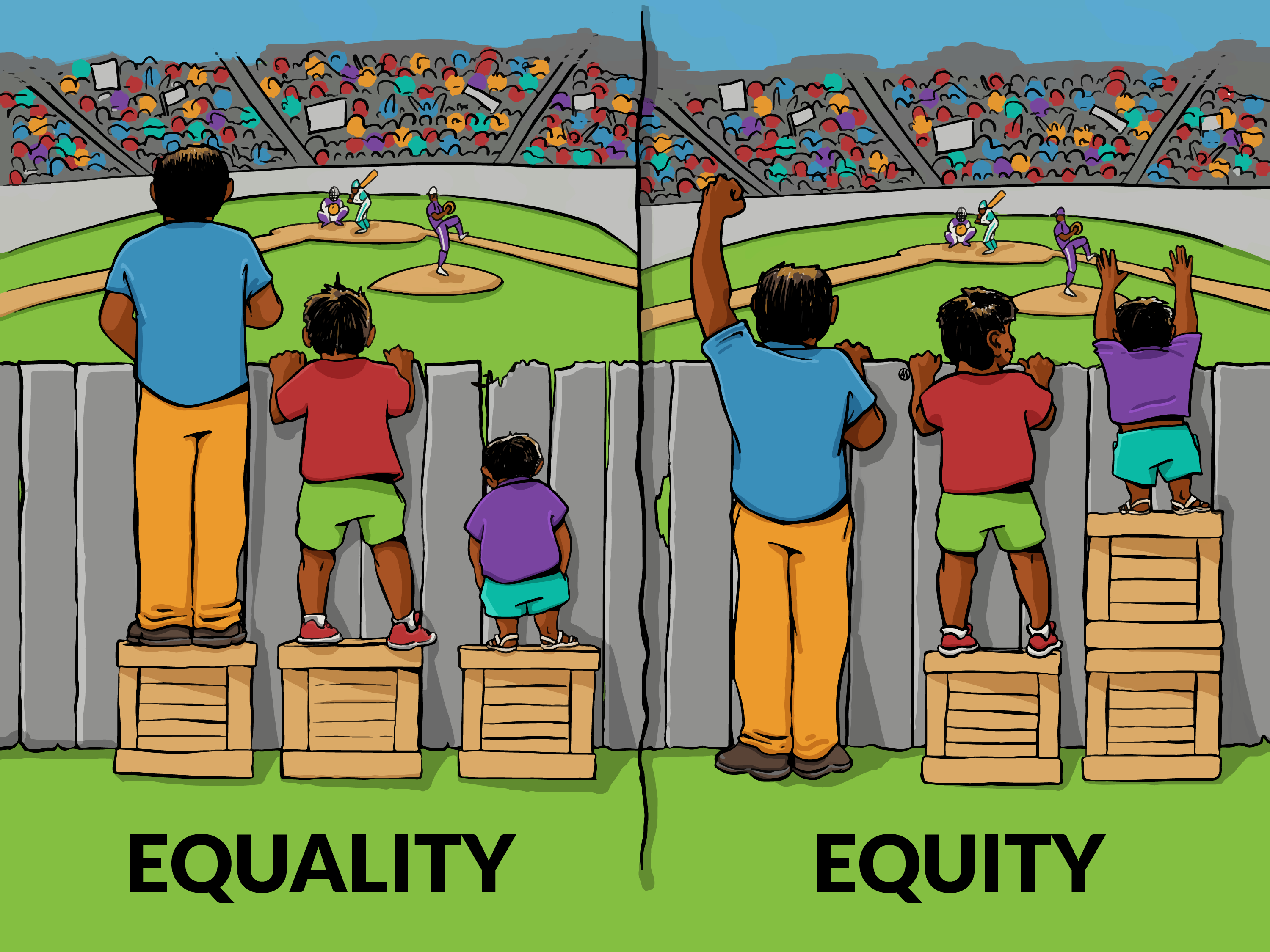This is my marmalade-making time of the year. Not because it’s the only time I can get hold of Seville oranges – I can get hold of the MaMade tins any time of year, and have only ever gotten fresh ones to use one time that I happened to visit a friend in Arizona who complained about the fruit trees outside that produced oranges that were inedibly bitter (I picked 10lbs and brought them straight home). It’s actually because of the grapefruit.
Only being able to get hold of MaMade (very inexpensive, at Amazon, makes excellent marmalade) gives rise to a problem. MaMade is only sold in a thin cut version. So, what if you like thick cut? I finally figured out the solution, which is to buy two white grapefruit, that are only available, here, December-February, and chop the rind roughly. You simply add that to the marmalade and you have a rough cut Seville orange marmalade with just a hint of grapefruit flavour, but really just a hint.
I’m not finished with the regular marmalade yet. I specifically like Oxford marmalade – once you’ve had that its hard to go back. And I like it bitter. Conventional recipes tell you to substitute black treacle or molasses for some of the sugar, but no recipe has gone far enough for me. And the 4lbs of sugar recommended to accompany a tin of MaMade makes for too sweet a result. So – I use 2lbs of sugar and 1lb of treacle/molasses, which gets exactly the flavour I want.
Still there’s a problem. With only 3/4ths the recommended level of sugar, how do you get the marmalade to set properly? One way is to add phenomenal amounts of pectin. But almost as good is just to simmer the concoction for much longer than recommended, just to reduce the liquid, until you have something that, while runny, is adequately viscous to stay on toast (or if you are Paddington or the late Queen, in a sandwich). I generally cook for about around 3 hours, most of it on a very low heat, but occasionally boiling it while stirring vigorously. You’ll end up with less than 5lbs of marmalade, but with an intense flavour so you use less at a time.
A student the other day revealed her obsession with grapefruit and that prompted to me attempt fully grapefruit marmalade.
